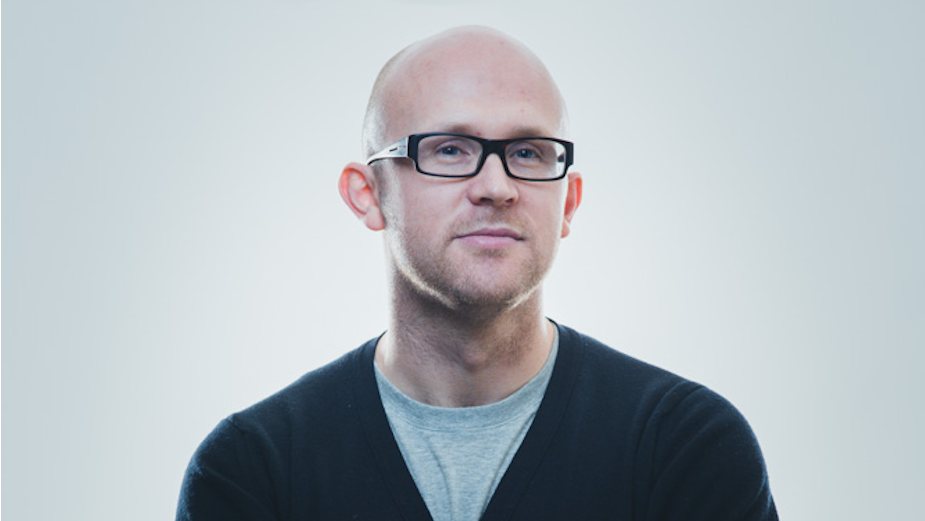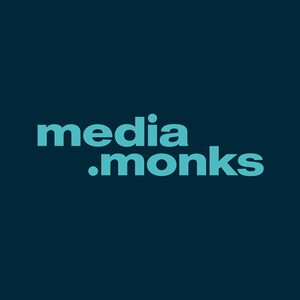
How a Pixel-Perfect Project Put Partnership in Perspective

Jon Biggs has been creating, designing and occasionally building digital things since the late '90s when he excelled at cramming frames into 12KB GIF banners. Jon joined MediaMonks in 2013 and leads the creative team in the London office, shaping global campaigns, products and platforms for clients like Google, Tommy Hilfiger and Vitra.
While the Covid-19 pandemic has significantly disrupted the ways that brands do business, our industry has long felt a need to adapt to disruption prompted by technological breakthroughs and the hyper-adoption of new user behaviours. Now, those changes have accelerated, motivating brands and their creative partners to break away from the old-school, traditional ways of working.
Just before Covid-19 was declared a pandemic by the World Health Organisation, my team wrapped up a project with Google and talent agency Halpern: a funny story featuring Jack Whitehall and Michael Dapaah and their antics along the English countryside, attempting to make their way home using nothing but the new Google Assistant on the Pixel 4 smartphone. At the time, I realised the way we executed the project felt like the ideal client-agency setup. Reflecting on that process now, the approach we took with that project serves as an essential example for how agencies must work with their clients, keeping them a seat at the table and rising to the occasion as a true partner and collaborator.
Keep aligned through close collaboration.
First, there’s a need to talk about things earlier than before, and more often. When brands involve the creative teams further upstream, teams can quickly align and understand one another’s ambitions. There’s no longer time for the “ta-dah” moment when things are kept hidden until they’re perfect enough to present, and brands must iterate together throughout the process. Communication between distributed team members is critical, and what we found with the Pixel project was an iterative process of testing the water on an idea, going back to work on it together, testing waters again, and repeat. This was an ideal process for building cohesion and quickly shifting gears when needed—for example, if a schedule conflict arose or the script needed to be retooled quickly.
Striking a balance in this process is key.
While I advocate that teams on both the brand and agency side work closely together throughout the creative process, there should still be space
on both sides to explore ideas before coming back again, or the process risks becoming too rote and task oriented. In making the Pixel film, daily check-ins were a great way to make sure everyone was on the same page, even if there was nothing tangible to show on that day. If anything, this setup provides an opportunity to ask questions soon after they arise. At the time, doing daily check-ins like this would have probably felt awkward for brands—but ever since the pandemic drove us to work from home, such calls make up most of the day for many. After we come out of the other side of the pandemic, quick video calls and frequent check-ins will remain because it remains such a simple way to keep aligned.
Build trust and aim big.
All of the above establishes a closer sense of trust between both parties. And that sense of trust becomes important in those moments when you and your team are working independently; you must trust your instincts and your ideas more. As creatives, I think we tend to overthink and over-worry (I know I do) about whether something is perfect when working with others whose opinions and expertise we respect. We try and solve each and every problem ourselves. But in the spirit of collaboration, teams must let go of those worries; failures along the way are merely opportunities to ensure we can overcome challenges as they arise, and together.
At MediaMonks, we’ve long advocated for a mindset that privileges speed over perfection. We call it going from zero to one fast. Make decisions, then make them work. But such an approach also requires a willingness to take risks. As businesses adapt the way they work and reach consumers in our physical-distancing reality, I anticipate there will be a greater willingness to try new solutions—but trust will remain an important factor in gaining the security and confidence needed to make those leaps.
Share a sense of purpose.
Finally, teams should approach every project with a shared sense of purpose. MediaMonks, Halpern and Google worked a bit like a rapid-response team, crafting the narrative together around the power of the Google Assistant and the personalities of Jack and Michael that focused on humour, product features and sticking true to talent. Traditionally, creatives tend to take a brief from a client and work out how to solve that brief by themselves, without talking to the client up-front about it. But today, the lines between those teams must blur and coalesce, with purpose serving as the connective tissue that binds them. The new agency model must approach relationships by doing even more than knowing what KPIs are important to a brand at large. At MediaMonks, we aim to understand what the team’s dream is: what does success mean for them as individuals and in their roles? One fun development that I’ve noticed in the way our creative leads have connected more closely with their client contacts is through the use of informal WhatsApp groups. These channels are built around their work, but have also been used to share interesting news, other creative ideas and off-topic conversation. It’s one of the ways of working that I’d love to see carry over post-pandemic.
And that gets back at the notion of teamwork. Whether overcoming production constraints on a small project or seeking to digitally transform a business over the long-term, a sense has formed that we’re all in this together. Keeping up with that attitude, new ways of working must emerge—and I look forward to seeing how the agency model transforms even further to serve brands at greater speed and quality.
- Jon Biggs, executive creative director at MediaMonks













